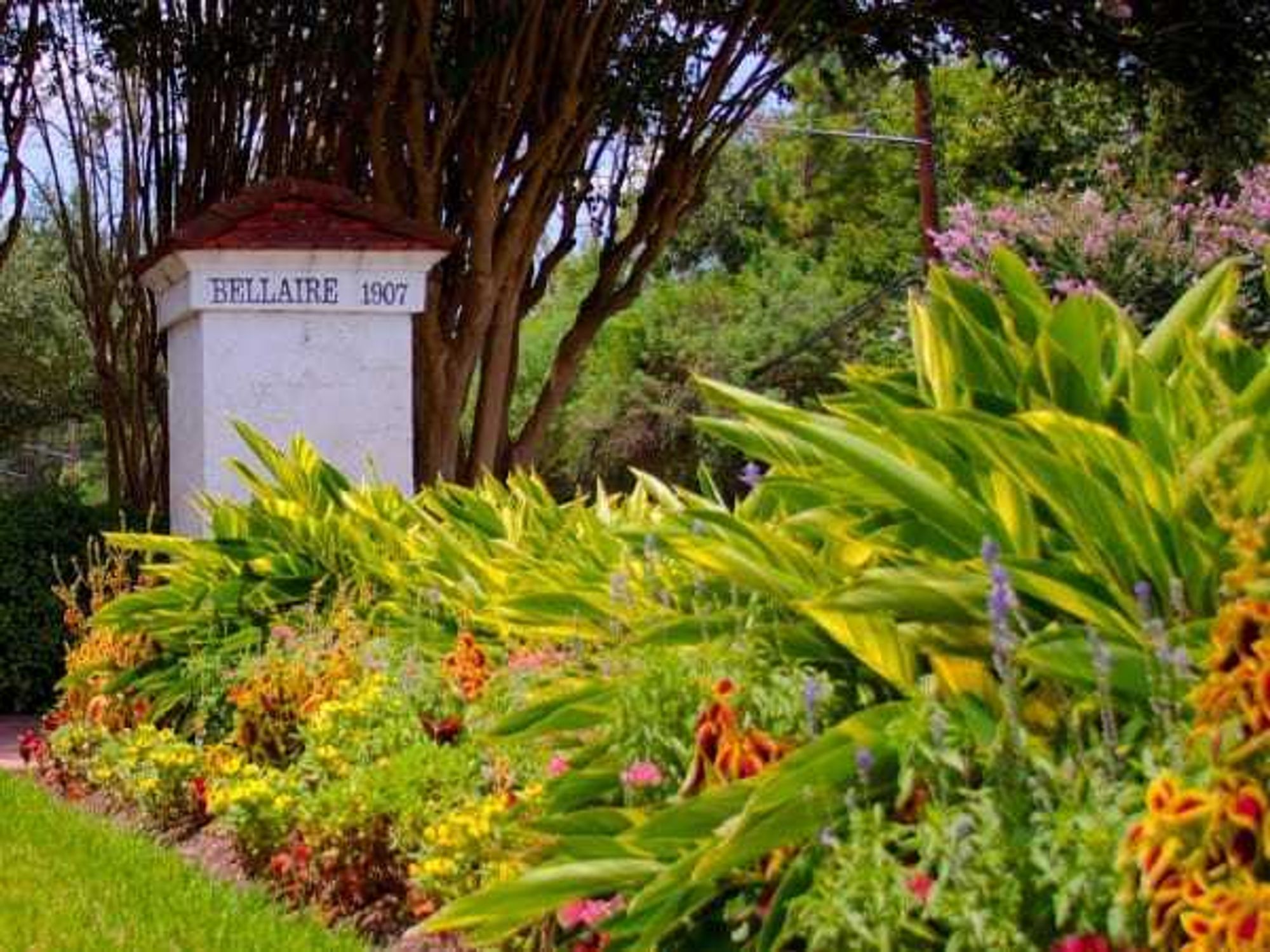election guide
Here's what to know for early voting in Texas' 2024 primary election

It's almost time for Texans to cast their ballots in the 2024 primary election, choosing candidates for president, U.S. Senate, the Texas Legislature, and more.
This year's primary election will be held on Tuesday, March 5.
The last day to register to vote in the primary election was February 5. You can check online to see if you are currently registered.
Early voting for the primary will be held from Tuesday, February 20, through Friday, March 1.
Here is everything you need to know about voting in the primary election, from polling locations to what you may see on your ballot.
WHAT IS A PRIMARY ELECTION?
Texas is an open primary state. That means voters don't register as members of a particular political party. Instead, eligible Texas voters can cast a ballot in either party's primary election, but not both. The same goes for a runoff election from a primary election.
At the polls, you'll have to choose whether you want to vote in the Democratic or Republican primary. Then you'll be selecting among members of your chosen primary when you cast your vote.
So, for example: If you choose to vote in the Republican primary election on March 5, you'll be able to choose which Republican candidate for president should be on the ballot in November, but you will not be able to choose which Democratic candidate for U.S. Senate should be in the running.
There will be no propositions on the March 5 ballot.
WHEN AND WHERE YOU CAN VOTE
Registered and eligible Texas voters may vote at any early voting location located in the county in which they live.
Early voting locations will be populated through the Vote Texas website two days before the first day of early voting. All voters have to do is plug in their information in order to find polling locations.
Early voting for the Texas primary election started on Tuesday, February 20, and runs through Friday, March 1. During early voting, polling place hours vary at each location.
On Election Day, March 5, things work a little differently.
You will want to see if the county you live in participates in the Countywide Polling Place Program (CWPP). If your county does participate in CWPP, you can vote at any polling place in the county. If your county doesn't participate in CWPP, you can only vote at the polling place assigned to you on Election Day.
On Election Day, all polling places across Texas are open from 7 am to 7 pm. As long as you get in line before 7 pm, you will be able to vote.
WHAT YOU NEED TO BRING TO VOTE
To vote in Texas, you need to have a form of identification when you go to cast your ballot at a polling location. Here is a list of acceptable forms of photo identification:
- Texas Driver License issued by the Texas Department of Public Safety (DPS)
- Texas Election Identification Certificate issued by DPS
- Texas Personal Identification Card issued by DPS
- Texas Handgun License issued by DPS
- U.S. Military Identification Card containing the person’s photograph
- U.S. Citizenship Certificate containing the person’s photograph
- U.S. Passport (book or card)
If you don't have one of the forms of ID listed above and can't reasonably obtain one, you can bring one of the following in order to execute a "Reasonable Impediment Declaration":
- Copy or original of a government document that shows the voter’s name and an address, including the voter’s voter registration certificate
- Copy of or original current utility bill
- Copy of or original bank statement
- Copy of or original government check
- Copy of or original paycheck
- Copy of or original of (a) a certified domestic (from a U.S. state or territory) birth certificate or (b) a document confirming birth admissible in a court of law which establishes the voter’s identity (which may include a foreign birth document)
WHAT WILL BE ON THE BALLOT?
Here's a look at some of the key races you may see on your ballot, depending on where you live and which primary you choose to vote in.
Federal races
President
President Joe Biden, a Democrat, is seeking a second term. Seven other Democrats are challenging the president in hopes of becoming this year's nominee
Meanwhile, on the Republican ticket, former president Donald Trump is also hoping for a second term. Three other Republicans remain in the race, hoping to be chosen as the nominee instead.
Democratic candidates:
- Joe Biden (incumbent)
- Armando "Mando" Perez-Serrato
- Gabriel A. Cornejo
- Star Locke
- Cenk Uygur
- Frankie Lozda
- Marianne Williamson
- Dean Phillips
Republican candidates:
- Donald Trump
- Nikki Haley
- David Stuckenberg
- Ryan Binkley
U.S. Senate
Republican U.S. Sen. Ted Cruz is seeking a third term. Two other Republicans are challenging him. Meanwhile, nine candidates are running for the Democratic ticket.
Republican candidates:
- Ted Cruz (incumbent)
- Rufus Lopez
- Holland "Redd" Gibson
Democratic candidates:
- A. "Robert" Hassan
- Roland Gutierrez
- Carl Oscar Sherman
- Heli Rodriguez Prilliman
- Thierry Tchenko
- Meri Gomez
- Mark Gonzales
- Steven J. Keough
- Colin Allred
--
Read the full story and watch the video at KVUE.com.

 David and Melissa Loder's Elf Town is on Penbrook Court in the Deerfield subdivision of Plano. Photo courtesy of David and Melissa Loder
David and Melissa Loder's Elf Town is on Penbrook Court in the Deerfield subdivision of Plano. Photo courtesy of David and Melissa Loder